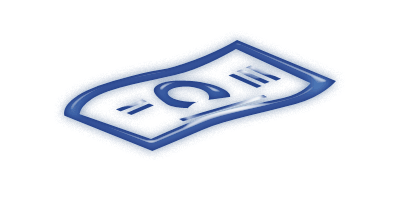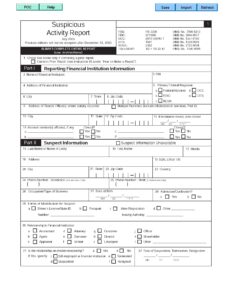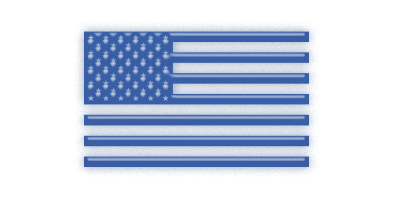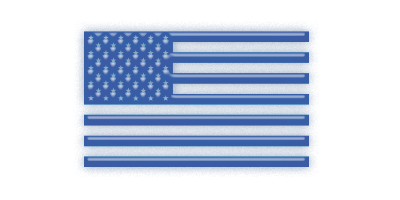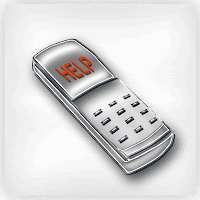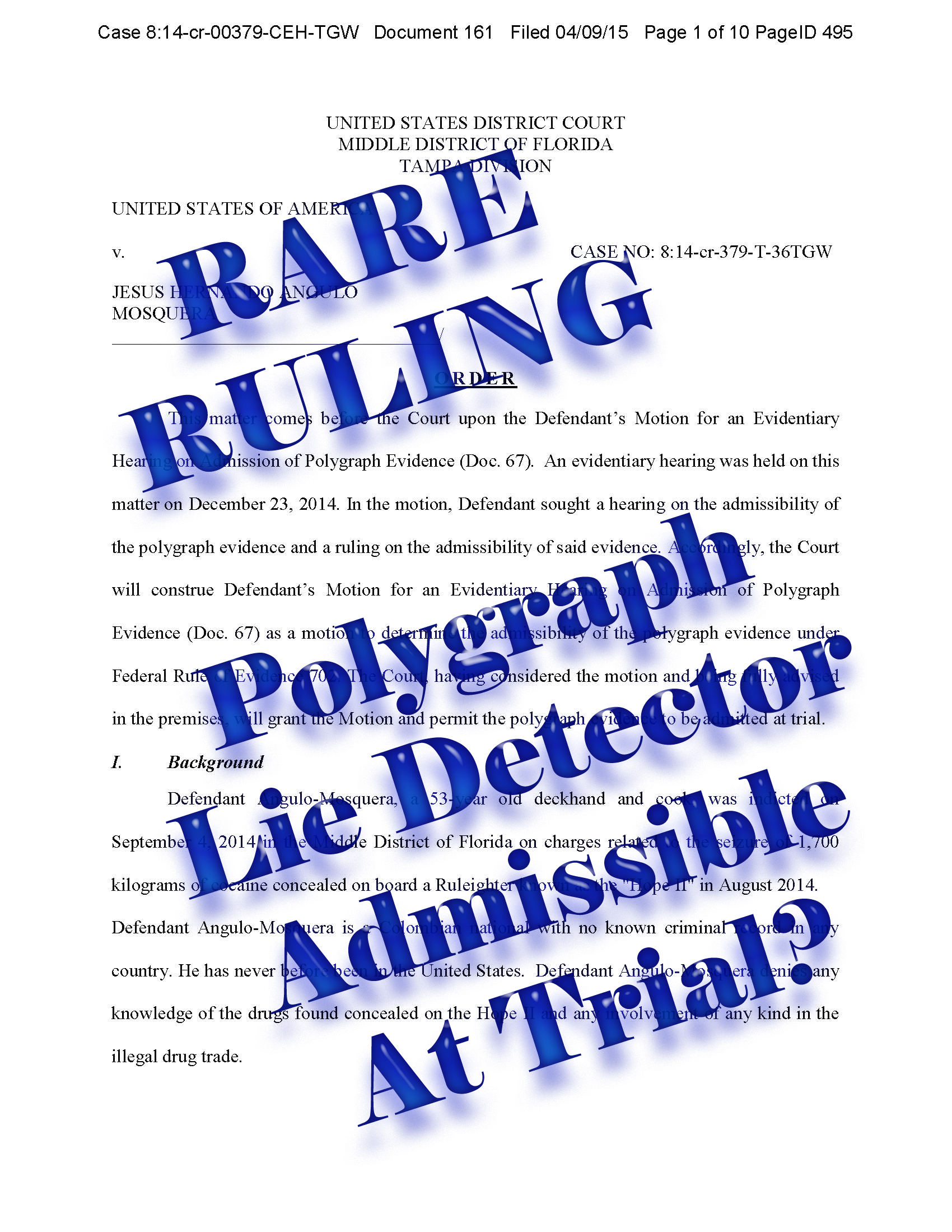
Judge says OK to Polygraph
Polygraphs & Lie Detectors in Florida Courts
“In law school and on the street everyone knows that lie detectors are not admissible in court. Wrong!”
Polygraph Instrument
A crew member of a ship claimed he did not know drugs were on board the ship. He was indicted in the Middle District of Florida’s Tampa Division. They indict them all, let the jury sort them out indictment charged many aboard with knowing the ship had drugs on board. This is not a rare claim where smugglers tend to minimize the need to know that 10-100 million dollars of cocaine is on board the vessel. Judge says let them use the polygraph. The best way to understand the polygraph case is to read it here.
Federal Criminal Defense Attorney Court Ruling on Polygraph
“the Court finds the polygraph evidence to be admissible at trial to either impeach or corroborate witness testimony”
Update – Comments from Lead Defense Counsel
“There were three important lessons learned from this experience: 1) it is important to have the testimony of a qualified scientist, such as Dr. David Raskin, to testify in the Daubert hearing as the polygraph examiners are usually not well-versed enough in the scientific studies supporting the technique; 2) using a highly qualified examiner with extensive prior government experience is also critical, and 3) the relevant questions must be simple enough but carefully constructed so the results of the exam are indisputably meaningful.”
“[I]it helped to submit Dr. Raskin’s declaration in advance of the Daubert hearing so that all of the detailed support for the polygraph’s admissibility was on the record in advance, making the actual hearing go much more smoothly.”
Lead Defense Counsel Contact Information is Christophir A. Kerr, 13801, Walsingham Rd. #A-154, Largo, FL 33774, 727-492- 2551 .
Facts in Federal Drug Case
“Defendant Angulo-Mosquera, a 53-year old deckhand and cook, was indicted on September 4, 2014 in the Middle District of Florida on charges related to the seizure of 1,700 kilograms of cocaine concealed on board a freighter known as the “Hope II” in August 2014. Defendant Angulo-Mosquera is a Colombian national with no known criminal record in any country. He has never before been in the United States. Defendant Angulo-Mosquera denies any knowledge of the drugs found concealed on the Hope II and any involvement of any kind in the illegal drug trade.”
Is the Lie Detector | Polygraph | Admissible in Federal Court?
Yes. A United States District Judge in Florida’s Middle District, Judge Honeywell ruled in this Order that the court would allow admission of a polygraph performed by a former FBI agent on a defendant at trial. The defendant will testify at trial and has passed a pretrial polygraph. Here are the relevant questions:
1. Did you know those drugs were on that ship before the Coast Guard boarded the ship? Answer: No.
2. Did you know those drugs were on the Hope II before the Coast Guard boarded that
ship? Answer: No.
3. Did you know those drugs were on that ship before the Coast Guard found them in
August? Answer: No.
Polygraph Case Excerpts:
“Defendant Angulo-Mosquera plans to testify in his own defense at trial and requests that the results of the polygraph examination be admitted into evidence to corroborate his testimony. The Government objects arguing that polygraph examinations are just “one step above” junkscience and are “not suitable for juror consumption.” TR at 46:15-24, 49:16-17. The results of the polygraph examination, if admitted at trial, would be presented through expert witness testimony.”
“[T]the Court held an evidentiary hearing to determine the admissibility of the polygraph evidence and expert testimony regarding same, under Federal Rule of Evidence 702 (“Rule 702”) and Daubert v. Merrell Dow Pharmaceuticals, Inc., 509 U.S. 579 (1993). At the hearing, Defendant Angulo-Mosquera presented the testimony of Dr. David C. Raskin, who for 44 years has conducted laboratory and field research on polygraph techniques for the detection of deception, taught university courses about polygraph techniques, trained government and law enforcement polygraph examiners, and published extensively on polygraph techniques, regarding the reliability of polygraph examinations in general and the examination in this case specifically.”
Junk Science Claim
“Defendant Angulo-Mosquera plans to testify in his own defense at trial and requests that the results of the polygraph examination be admitted into evidence to corroborate his testimony. The Government objects arguing that polygraph examinations are just “one step above” junk science and are “not suitable for juror consumption.” TR at 46:15-24, 49:16-17. The results of the polygraph examination, if admitted at trial, would be presented through expert witness testimony.”
“Thus, in determining the admissibility of expert testimony under Rule 702, courts must engage in a rigorous three-part inquiry, determining whether: (1) the expert is qualified to testify competently regarding the matters he intends to address; (2) the methodology by which the expert reaches his conclusions is sufficiently reliable as determined by the sort of inquiry mandated in Daubert; and (3) the testimony assists the trier of fact, through the application of scientific, technical, or specialized expertise, to understand the evidence or to determine a fact in issue.”
“Some factors that bear on this inquiry are: 1) whether the expert’s theories, methods or techniques can be or have been tested; 2) whether the technique, method, or theory has been subject to peer review and publications; 3) whether the known or potential rate of error of the technique when applied is acceptable; and 4) whether the technique, method, or theory has been generally accepted in the scientific community.”
“Thus, the Court finds the polygraph evidence to be admissible at trial to either impeach or corroborate witness testimony. Further specifics regarding the admission of the polygraph evidence will be determined at the time of trial. Accordingly, it is hereby ORDERED that Defendant’s Motion for an Evidentiary Hearing on Admission of Polygraph Evidence (Doc. 67), construed as a motion to determine the admissibility of the polygraph evidence under Federal Rule of Evidence 702, is GRANTED. The Defendant may present the polygraph evidence, through expert testimony, to corroborate or impeach witness testimony at the trial in this matter.”
